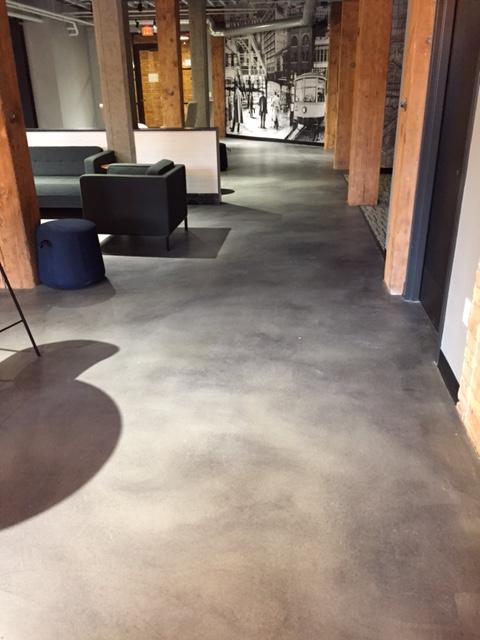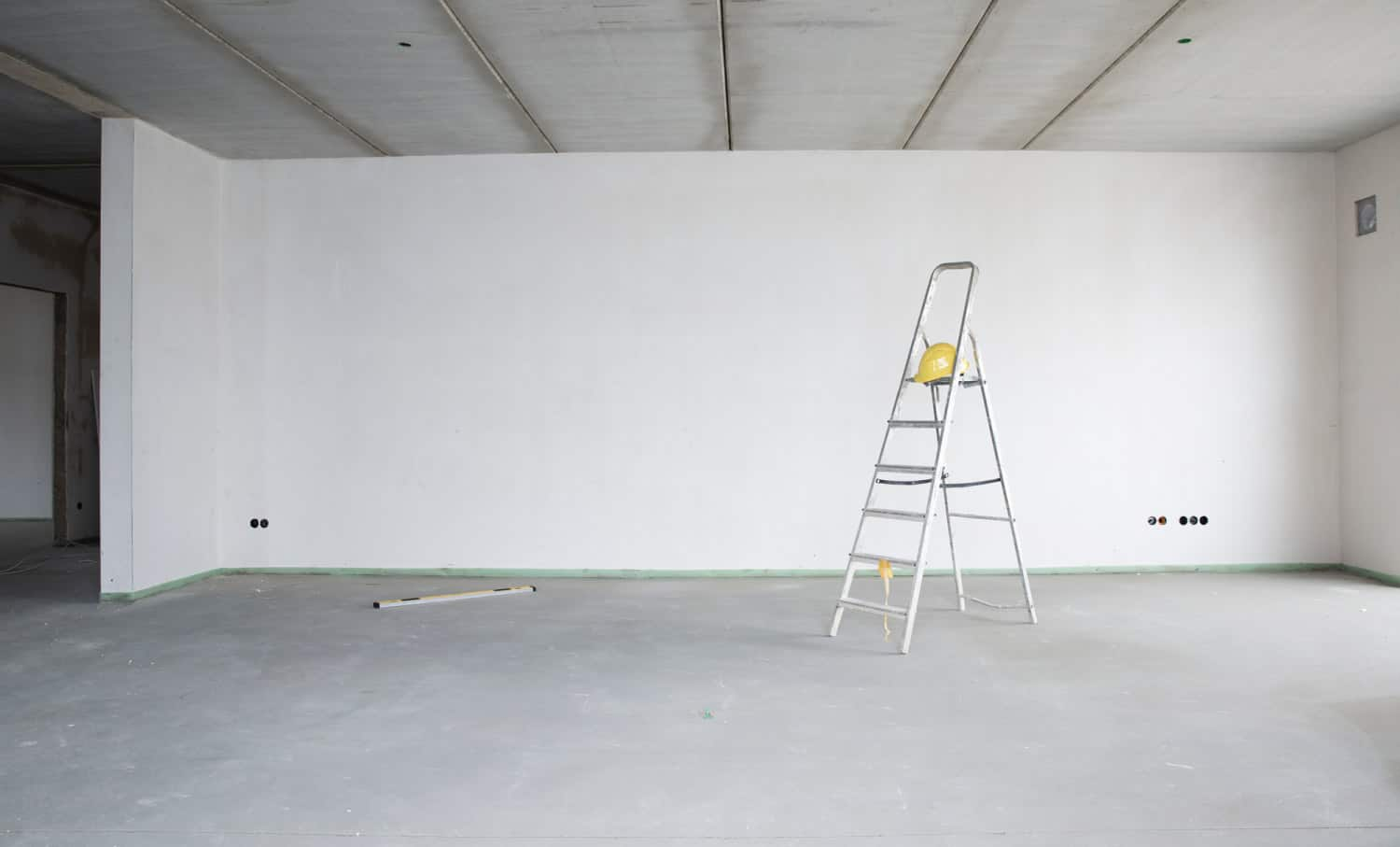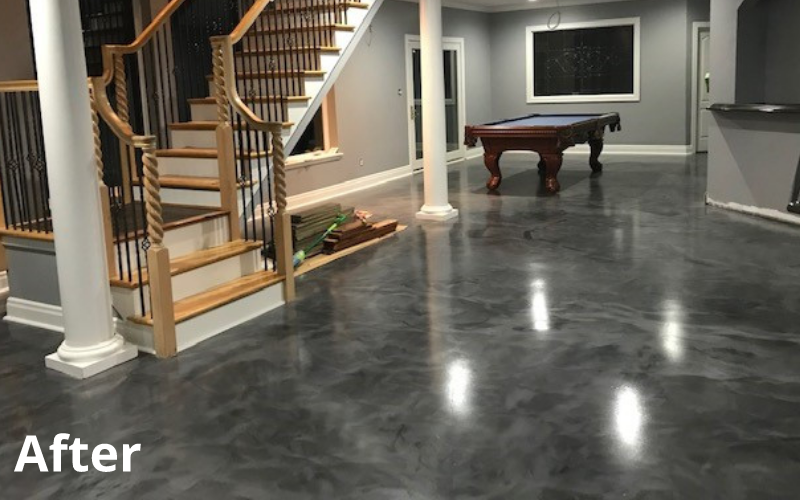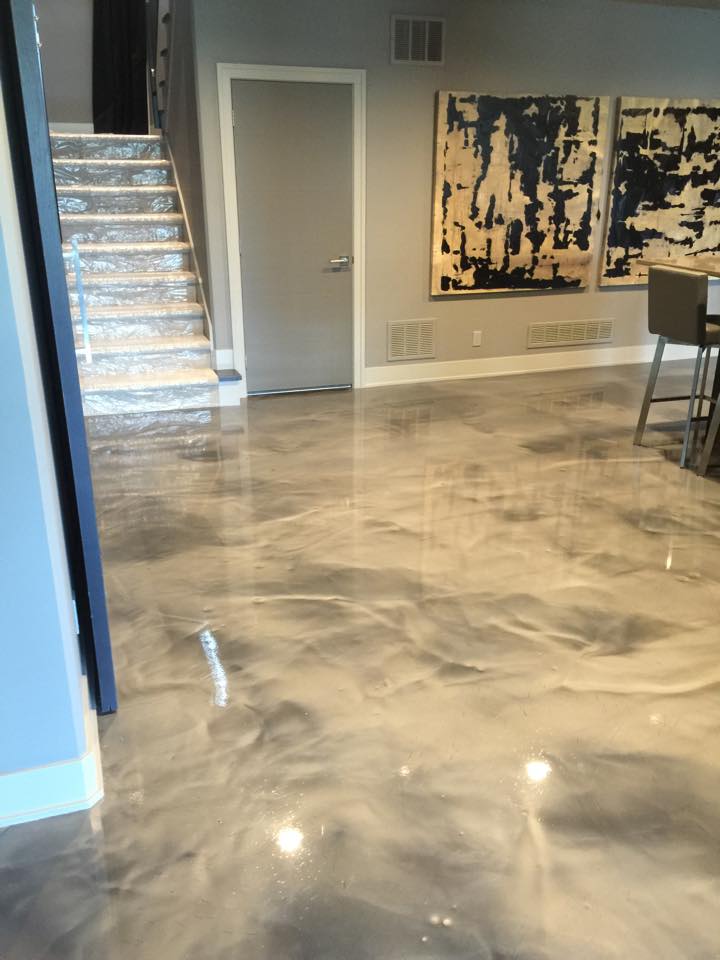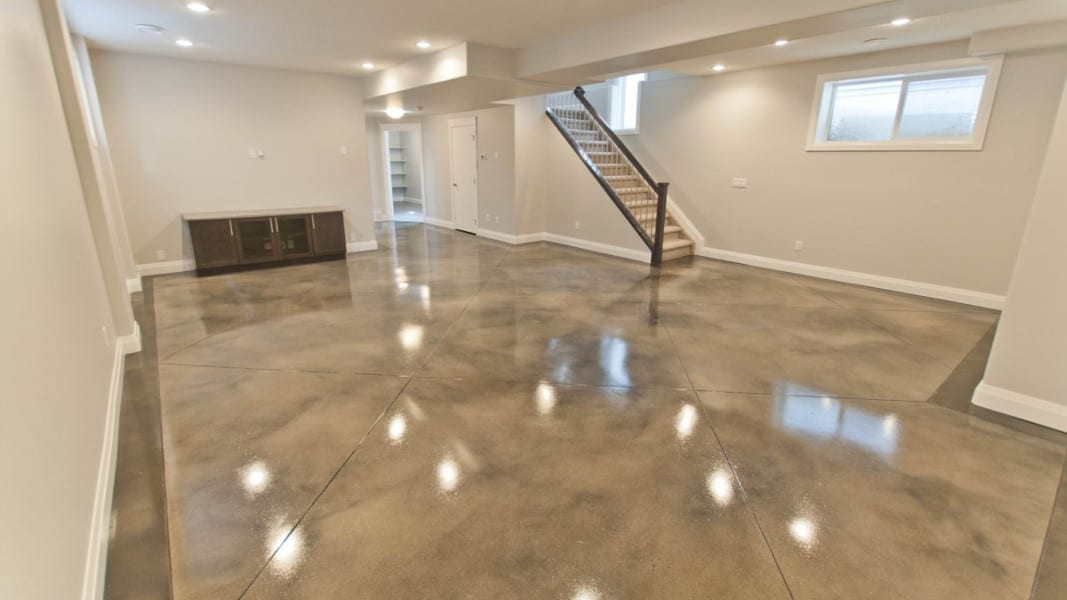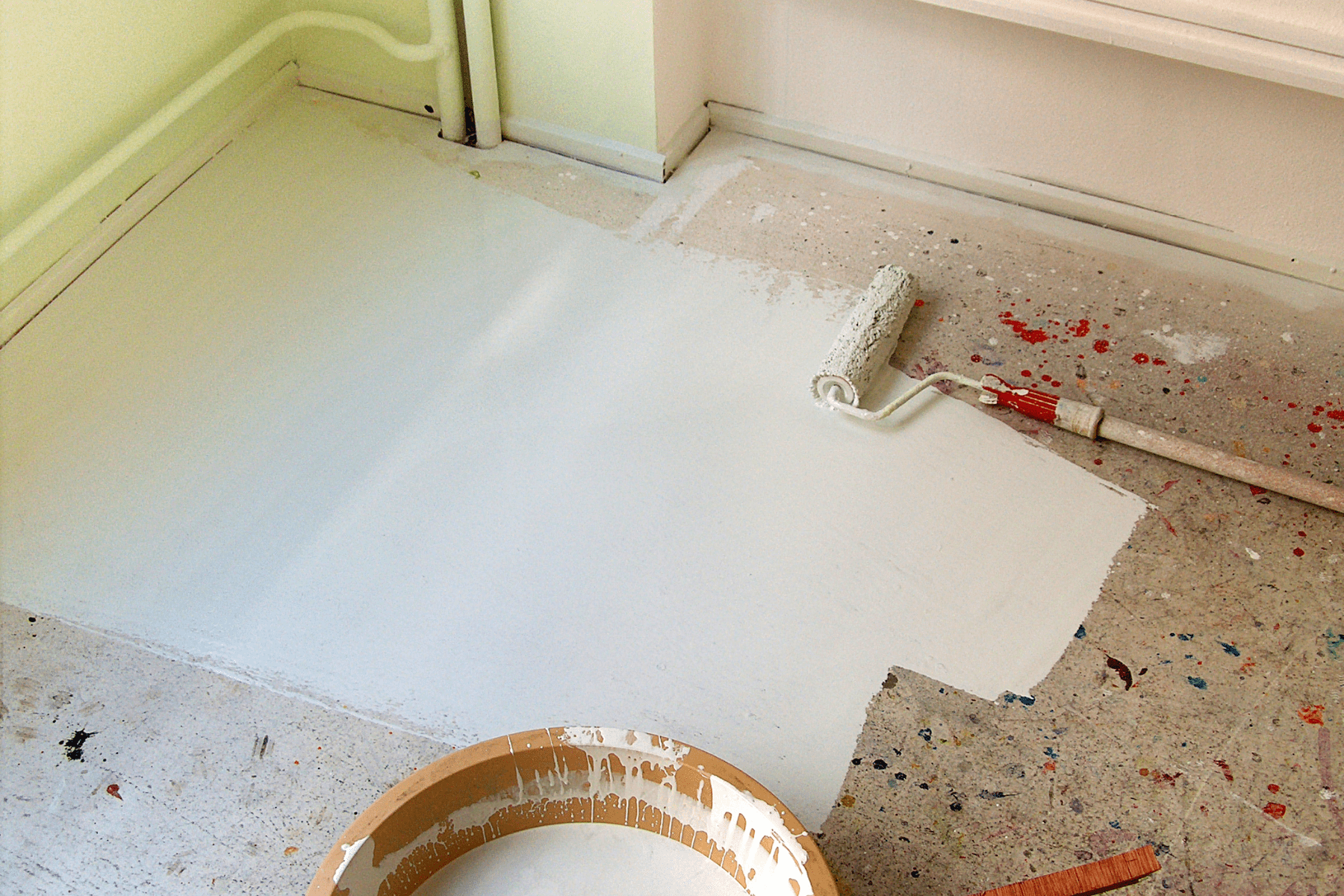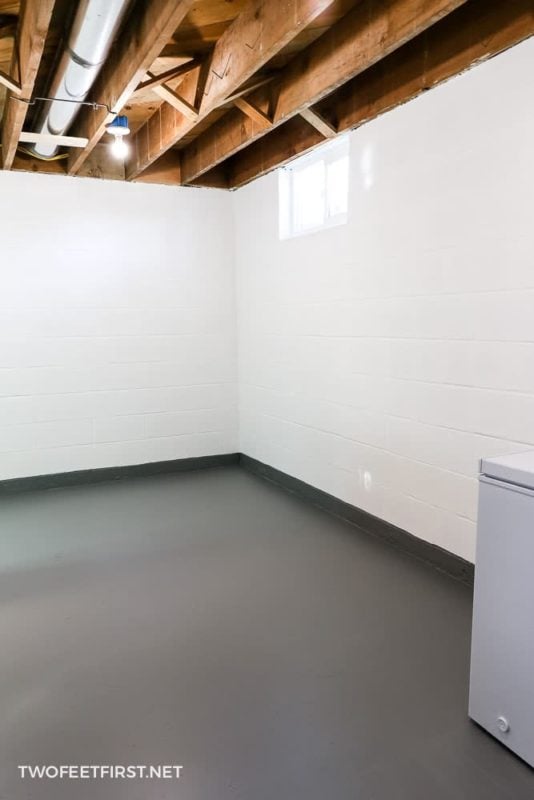Benefits of Installing a New Concrete Basement Floor
Installing a new concrete basement floor offers a range of benefits for homeowners, from improved durability and moisture resistance to enhanced aesthetics and property value. Understanding these advantages can help homeowners make informed decisions about investing in a new concrete floor for their basement.
- Durability and Longevity: Concrete is renowned for its durability and longevity, making it an ideal choice for basement floors. A properly installed concrete floor can withstand heavy foot traffic, moisture exposure, and everyday wear and tear, providing lasting performance for years to come.
- Moisture Resistance: Concrete basement floors are naturally resistant to moisture, making them ideal for below-grade applications where groundwater infiltration is a concern. Properly sealed and finished concrete floors create a barrier against moisture intrusion, helping to prevent issues such as mold, mildew, and water damage.
- Easy Maintenance: Concrete floors are easy to clean and maintain, requiring minimal effort to keep them looking their best. Regular sweeping and occasional mopping are all that are needed to remove dirt, dust, and debris from the surface, making concrete an excellent choice for busy households.
- Versatility in Design: Concrete offers endless design possibilities, allowing homeowners to customize their basement floors to suit their aesthetic preferences and lifestyle needs. From decorative finishes and staining techniques to stamped patterns and overlays, concrete can be transformed into a variety of visually stunning surfaces.
- Energy Efficiency: Concrete has excellent thermal mass properties, helping to regulate indoor temperatures and reduce energy consumption. A well-insulated concrete basement floor can contribute to energy efficiency in the home by retaining heat in the winter and staying cool in the summer.
- Increased Property Value: Investing in a new concrete basement floor can enhance the overall value and marketability of your home. Potential buyers often view concrete floors as a desirable feature due to their durability, low maintenance requirements, and aesthetic appeal, potentially increasing the resale value of the property.
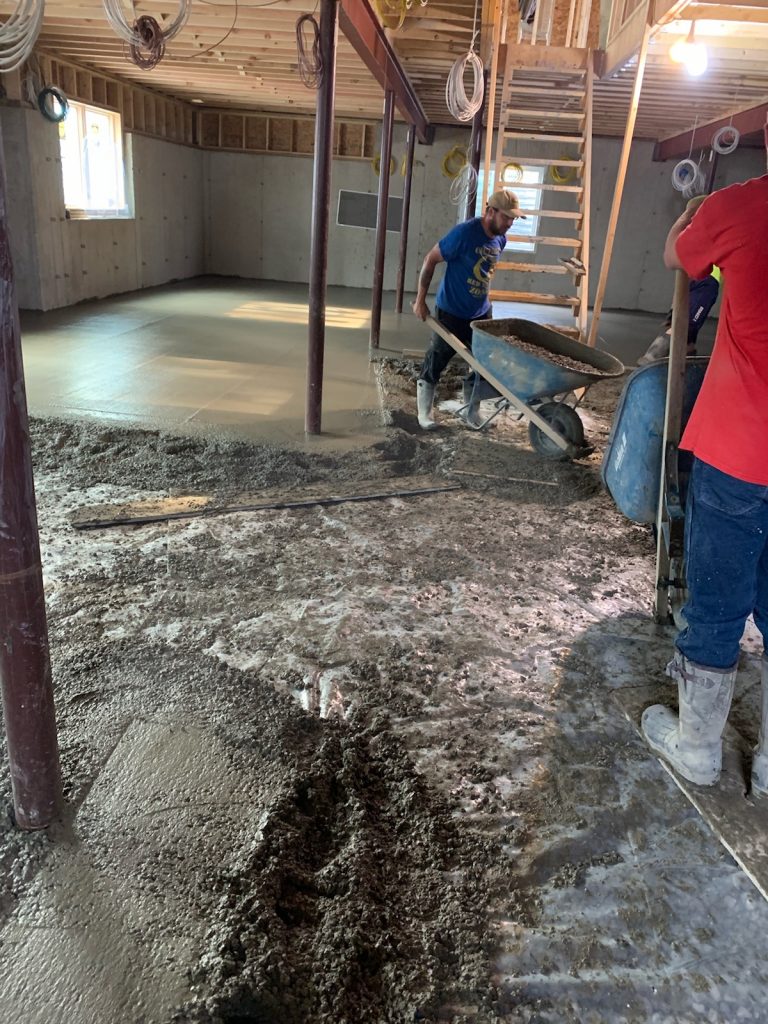
Planning and Preparation
Proper planning and preparation are essential for ensuring a successful concrete basement floor installation. By following these steps, homeowners can minimize potential issues and maximize the longevity and performance of their new basement floor.
Assessing Substrate Conditions: Begin by assessing the condition of the existing basement floor substrate. Check for cracks, unevenness, and moisture issues that may need to be addressed before proceeding with the installation. Repair any damage and ensure the substrate is clean, dry, and structurally sound.
Determining Concrete Thickness: Determine the appropriate thickness of the concrete slab based on factors such as intended use, load requirements, and local building codes. Thicker slabs may be necessary for heavy-duty applications or areas with high traffic, while thinner slabs are suitable for lighter use.
Calculating Materials and Costs: Calculate the amount of concrete needed for the project based on the square footage of the basement floor and the desired thickness of the slab. Consider additional materials such as reinforcement, vapor barriers, and sealants, and factor in labor costs for installation.
Creating a Proper Base: Prepare the base for the concrete slab by compacting the soil and adding a layer of gravel or crushed stone for drainage and stability. Install a vapor barrier or moisture barrier to prevent moisture from migrating through the concrete and causing issues such as efflorescence or mold growth.
Establishing Proper Slope and Drainage: Ensure proper slope and drainage in the basement to prevent water from pooling on the concrete floor. Slope the floor toward floor drains or sump pumps to facilitate water removal and minimize the risk of water damage or moisture problems.
Planning for Expansion Joints: Incorporate expansion joints into the concrete slab design to accommodate movement and prevent cracking. Install joints at regular intervals according to industry standards and local building codes, taking into account factors such as slab size, temperature fluctuations, and substrate conditions.
Factors to Consider for Basement Floor Applications
Selecting the right type of concrete is crucial for ensuring optimal performance and longevity in basement floor applications. By considering factors such as strength, durability, and finish options, homeowners can choose a concrete mix that meets their specific needs and budget.
Strength and Durability: Choose a concrete mix with the appropriate strength and durability for basement floor applications. Consider factors such as compressive strength, flexural strength, and abrasion resistance to ensure the concrete can withstand the expected loads and conditions.
Low Water-to-Cement Ratio: Opt for a concrete mix with a low water-to-cement ratio to maximize strength and minimize shrinkage and cracking. A lower water content results in denser, more durable concrete with improved resistance to moisture and chemical damage.
Admixtures and Additives: Consider incorporating admixtures and additives into the concrete mix to enhance performance and durability. Admixtures such as air entrainment agents, plasticizers, and accelerators can improve workability, reduce water demand, and increase resistance to freeze-thaw cycles and chemical attacks.
Aggregate Selection: Choose the right type and size of aggregate for the concrete mix based on the desired strength, workability, and finish. Coarse aggregates such as gravel or crushed stone provide structural support and increase durability, while fine aggregates such as sand improve workability and surface finish.
Finishing Options: Consider the desired finish for the basement floor when selecting the concrete mix. Choose from options such as smooth troweled finish, broom finish, exposed aggregate, or decorative overlays to achieve the desired aesthetic and functional requirements.
Environmental Considerations: Take into account environmental factors such as temperature, humidity, and exposure conditions when selecting the concrete mix. Choose a mix that can be easily placed and finished in the prevailing weather conditions and provides adequate protection against moisture and chemical exposure.
Best Practices for Pouring and Finishing a Concrete Basement Floor
Proper installation techniques are critical for achieving a high-quality concrete basement floor that is durable, smooth, and free from defects. By following best practices for pouring, finishing, and curing, homeowners can ensure the success of their basement floor installation project.
Site Preparation: Begin by thoroughly cleaning and preparing the basement floor substrate to ensure proper adhesion and bonding of the concrete. Remove any debris, dust, or contaminants from the surface and repair any cracks or defects in the substrate.
Formwork and Reinforcement: Install formwork around the perimeter of the basement floor to contain the concrete and create clean edges. Place reinforcement such as rebar or wire mesh within the formwork to provide structural support and prevent cracking in the concrete slab.
Mixing and Pouring: Mix the concrete according to manufacturer instructions, ensuring proper proportions of cement, aggregates, water, and admixtures. Pour the concrete evenly onto the prepared substrate, starting from one end and working your way toward the opposite end to ensure uniform thickness and coverage.
Leveling and Screeding: Use a screed board or bull float to level and smooth the surface of the freshly poured concrete. Work the screed in a back-and-forth motion across the surface, using guide rails or strings to maintain the desired elevation and slope of the floor.
Finishing Techniques: Once the concrete is leveled and screeded, use finishing techniques such as troweling, edging, and floating to achieve the desired surface texture and appearance. Trowel the surface to smooth out any imperfections and create a uniform finish, then use an edger to create clean edges along the perimeter.
Curing and Protection: Proper curing is essential for the strength, durability, and appearance of the concrete basement floor. Apply a curing compound or membrane to the surface immediately after finishing to retain moisture and promote hydration of the concrete. Cover the floor with plastic sheeting or wet curing blankets to prevent moisture loss and maintain optimal curing conditions.
Options for Sealing and Protecting Your New Basement Floor
Sealing and protecting your new concrete basement floor is essential for enhancing durability, longevity, and appearance. By choosing the right sealing products and maintenance practices, homeowners can keep their basement floors looking great and performing well for years to come.
Benefits of Sealing: Sealing the concrete basement floor provides a protective barrier against moisture, stains, and surface damage. Sealed floors are easier to clean and maintain and have improved resistance to wear abrasion, and chemical exposure.
Types of Sealers: Choose from a variety of sealers for concrete basement floors, including penetrating sealers, acrylic sealers, epoxy coatings, and polyurethane coatings. Each type of sealer offers different benefits and finishes, so select the one that best meets your needs and preferences.
Penetrating Sealers: Penetrating sealers penetrate the pores of the concrete to form a protective barrier against moisture and stains. These sealers are ideal for basement floors with high moisture levels and provide long-lasting protection without altering the appearance of the concrete.
Acrylic Sealers: Acrylic sealers form a thin film on the surface of the concrete, protecting water, oil, and stains. These sealers are available in a range of finishes, from matte to high-gloss, and can enhance the appearance of the basement floor while providing durable protection.
Epoxy Coatings: Epoxy coatings are a popular choice for concrete basement floors due to their high durability and chemical resistance. These coatings create a seamless, glossy surface that is easy to clean and maintain, making them ideal for high-traffic areas and heavy-duty applications.
Polyurethane Coatings: Polyurethane coatings offer similar benefits to epoxy coatings, including durability, chemical resistance, and ease of maintenance. These coatings provide a durable, high-gloss finish that enhances the appearance of the basement floor while providing long-lasting protection against wear and tear.
Creative Ideas for Customizing Your Concrete Basement Floor
Concrete basement floors offer endless design possibilities, allowing homeowners to customize their floors to suit their style and preferences. From decorative finishes and staining techniques to stamped patterns and overlays, concrete floors can be transformed into unique and visually stunning surfaces.
Stained Concrete: Staining is a popular technique for adding color and depth to concrete basement floors. Acid stains penetrate the concrete to create variegated, mottled effects, while water-based stains offer a wider range of colors and finishes. Stained concrete floors can mimic the look of natural stone, tile, or wood for a fraction of the cost.
Stamped Concrete: Stamped concrete allows homeowners to replicate the look of natural materials such as brick, stone, or tile on their basement floors. Stamps are pressed into the freshly poured concrete to create texture and patterns, resulting in a realistic and visually appealing surface.
Decorative Overlays: Decorative overlays are a versatile option for customizing concrete basement floors with intricate patterns, designs, and textures. These overlays can be applied over existing concrete surfaces to create the look of tile, slate, or even wood planks, providing endless design possibilities.
Polished Concrete: Polished concrete offers a sleek, modern aesthetic for basement floors, with a glossy, reflective finish that enhances natural light and brightens the space. Polishing techniques range from a low-sheen matte finish to a high-gloss mirror-like shine, depending on the desired look and application.
Exposed Aggregate: Exposed aggregate concrete showcases the natural beauty of the aggregate materials embedded in the concrete mix. After pouring and finishing the concrete, the surface is washed or chemically treated to expose the aggregate, creating a textured, decorative effect that adds visual interest to the basement floor.
Custom Graphics and Logos: For a truly unique and personalized touch, consider adding custom graphics, logos, or patterns to your concrete basement floor. These designs can be achieved through techniques such as stenciling, engraving, or inlaying, allowing homeowners to showcase their creativity and individuality.
Tips for Caring for and Extending the Lifespan of Your New Concrete Floor
Proper maintenance is essential for preserving the appearance, performance, and longevity of your new concrete basement floor. By following these tips and guidelines, homeowners can keep their floors looking great and functioning well for years to come.
Regular Cleaning: Regular cleaning is key to maintaining the appearance and cleanliness of your concrete basement floor. Sweep or vacuum the floor regularly to remove dirt, dust, and debris, and mop with a mild detergent or concrete cleaner as needed to remove stains and spills.
Avoid Harsh Chemicals: Avoid using harsh chemicals or abrasive cleaners on your concrete basement floor, as they can damage the surface and degrade the sealer or finish. Opt for pH-neutral cleaners or specially formulated concrete cleaners designed for use on sealed concrete surfaces.
Protective Mats and Rugs: Place protective mats or rugs in high-traffic areas and entryways to prevent wear and tear on the concrete floor. Mats can trap dirt and moisture from shoes, reducing the risk of scratches, stains, and damage to the surface.
Prompt Spill Cleanup: Clean up spills and stains promptly to prevent them from penetrating the surface of the concrete and causing discoloration or damage. Blot spills with a clean cloth or paper towel and rinse the area with water to remove any residue.
Avoid Sharp Objects: Avoid dragging or sliding heavy furniture or sharp objects across the concrete floor, as they can scratch or gouge the surface. Use furniture pads or coasters under the legs and feet to distribute weight evenly and protect the floor from damage.
Regular Sealing and Maintenance: Regularly inspect the concrete floor for signs of wear, damage, or deterioration, and reapply sealer or protective coatings as needed to maintain optimal protection and performance. Follow manufacturer recommendations for reapplication intervals and proper application techniques.
Dealing with Common Issues in New Concrete Basement Floors
Despite proper installation and maintenance, concrete basement floors may occasionally develop issues that require attention and repair. By understanding common problems and knowing how to address them, homeowners can prolong the lifespan and performance of their concrete floors.
Cracking: Cracking is a common issue in concrete basement floors, often caused by factors such as shrinkage, settlement, or improper curing. Small hairline cracks can be repaired with epoxy or polyurethane injections, while larger cracks may require patching or resurfacing with a concrete overlay.
Efflorescence: Efflorescence is the formation of white, powdery deposits on the surface of concrete due to the migration of salts and minerals. Remove the efflorescence with a stiff brush or pressure washer, and address underlying moisture issues to prevent a recurrence.
Staining: Staining is another common problem in concrete basement floors, caused by spills, leaks, or chemical exposure. Remove stains with a concrete cleaner or poultice, and consider resealing the floor to prevent future staining and damage.
Spalling: Spalling occurs when the surface of the concrete flakes or chips away, often due to freeze-thaw cycles, moisture infiltration, or improper finishing techniques. Repair spalling by removing loose or damaged concrete, cleaning the area, and applying a patching compound or overlay.
Crazing: Crazing is the formation of fine, interconnected cracks on the surface of the concrete, typically caused by rapid drying, improper curing, or thermal shock. While crazing does not usually affect the structural integrity of the concrete, it can detract from the appearance of the floor. Consider sealing or resurfacing the floor to minimize crazing and improve aesthetics.
Unevenness or Settlement: Unevenness or settlement may occur in concrete basement floors over time, leading to sloping, sinking, or uneven surfaces. Address underlying soil issues or structural problems to prevent further settlement, and consider leveling or resurfacing the floor to restore smoothness and uniformity.
Polished Concrete Basement – Treadwell
Concrete Basement Floor Ideas
Stained Concrete Basement Floor – Modern – Indianapolis – by
Basement Floor Coating – Galaxy Concrete Coatings
DIY Modern Look for a Traditional Family Home – Daybreak Utah
How to paint a concrete floor in a basement TwoFeetFirst
Related Posts:
- Basement Floor Color Ideas
- Rubber Flooring For Basement
- How To Clear A Basement Floor Drain
- Basement Floor Covering Ideas
- Acid Wash Basement Floor
- Best Flooring For Concrete Basement Floor
- Insulation Under Basement Floor
- Stone Basement Floor
- Basement Floor Leveling Options
- Basement Flooring Options Inexpensive
